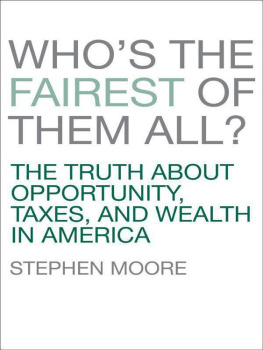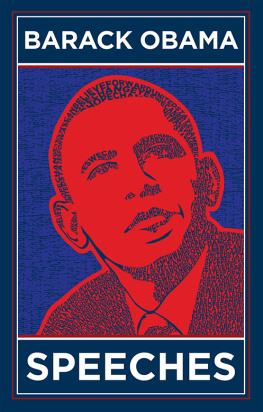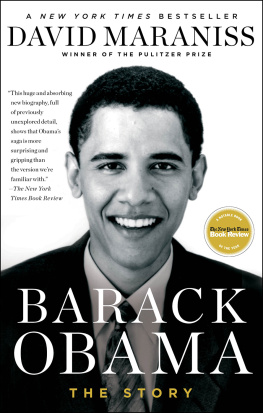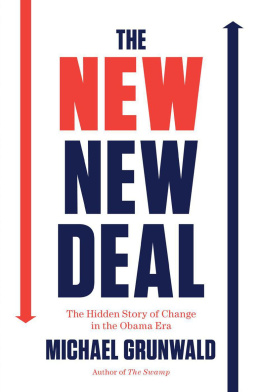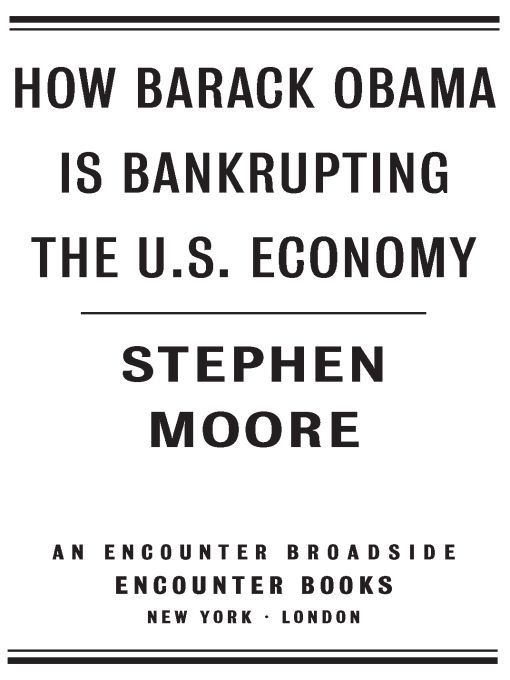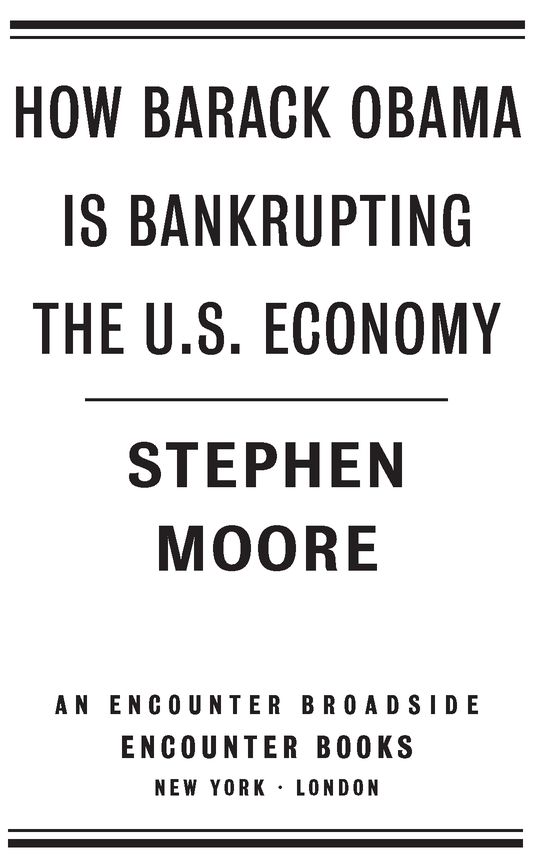BARACK OBAMAS chief of staff let the cat out of the bag when, shortly after Obama was elected president, he said, A crisis is a terrible thing to waste. Washington loves a crisis, because it justifies the existence of bureaucrats, politicians, federal agencies and edicts. Government becomes the savior - even, as now, when government policy mistakes created the crisis in the first place. This is why government in Washington always expands and very rarely recedes during a national security or economic crisis.
So when the stock market crashed by 1,200 points, big banks like Lehman Brothers, Bear Stearns and Citibank teetered on the brink of bankruptcy and the financial system seemed on the verge of a 1929-style collapse, the answer proposed by politicians and bureaucrats was the greatest experiment in big government in 50 years.
Washington loves a crisis, because it justifies the existence of bureaucrats, politicians, federal agencies and edicts.
Did it work? Ask Vice President Joe Biden, and the answer is, it worked, as he put it in September 2009, beyond my wildest dreams. But for most Americans, this is a nightmare, not a dream come true. In fact, the $ 2.8 trillion experiment in government begun tentatively in George W. Bushs last months and continued with arrogant enthusiasm during Obamas first months has been a depressing failure. For all of President Obamas cheery talk of necessary government intervention to prevent a depression, the statistics tell a demoralizing tale:
The dollar stands at only 60 percent of its value in 2007, as our paper currency continues to deteriorate in purchasing power.
The U.S. gross domestic product has fallen by a breathtaking 9 percent. Some $7 trillion of wealth had evaporated from the start of the recession through autumn 2009.
The ranks of the unemployed have increased by 4 million since the September 2008 crash, and all of the job-stimulus bills have only led to higher and higher unemployment, which, at press time, nears 10 percent, its highest rate since 1983 and up from 5 percent before the crisis hit.
The debt has already widened by $2 trillion, and the hands on the debt clock can barely swirl fast enough to keep pace with the voracious borrowing of the present Congress.
The Census Bureau reports that personal incomes of Americans, the poverty rate and the wealth of Americans took their worst tumble in two decades - after the government fix.
As we stare at these facts through the haze of Obamanomics, we can see certain truths. We know, for instance, that a major trigger point for our depressed economy was too much debt and too much spending that we couldnt afford. Households accumulated too much credit-card and mortgage debt. Businesses took on too much leverage (think of Bear Stearns and Lehman Brothers, with debt-to-asset ratios of more than 30-to-1). And the federal government took on more debt than any other institution on the face of the planet, most of it to finance absurdly wasteful spending. Some of this spending took place under Republicans, as Rep. Nancy Pelosi, Sen. Harry Reid and the rest of the Democrats who now run Congress never tired of telling us when their party did not control the White House. But when Pelosi became speaker of the House, the deficit was $160 billion. It went to $400 billion in one year, and, another year later, the debt reached $1.58 trillion.
So if the Democrats were telling us that all of this excessive debt under Bush caused the economic crisis, how is more debt supposed to get us out of it? The idea of borrowing more and more money today to pay off all the people we borrowed money from in the 1990s and 2000s is a debt-based Ponzi scheme - Bernie Madoff economics.
CASH FOR POLICY CLUNKERS
The excruciating history of a years worth of relentless policy mistakes can be retold in a hurry. First came the bailout of Bear Stearns, the Wall Street investment bank. That cost an estimated $29 billion - a jaw-dropping figure at the time that would soon seem like loose change.
Then came the $400 billion federal bailout of Fannie Mae and Freddie Mac, the quasi-governmental home mortgage guarantee agency. Rep. Barney Frank, the chairman of the House Financial Services Committee, had condemned editorials in The Wall Street Journal for calling these agencies houses of cards with huge and mounting systemic risk. Frank told us that they didnt need adult supervision. He even said that when it came to Fannie Mae, he wanted to roll the dice. Uncle Sam did just this, and we all had to pay when the dice crapped out.
But Congress was just getting started. Two weeks later came the AIG insurance company bailout, another $ 182 billion when all was said and done. But this was just a warm-up for the $700 billion bailout of the banks. The Troubled Asset Relief Program, or TARP, took money from taxpayers and sound banks and handed it over to banks that took on excessive risks with subprime mortgages. Some banks might be in better shape a year later, but weve allowed others that should have failed to keep operating, rewarding bad risks and excessive leveraging and sanctifying a new doctrine in finance called too big to fail.
Some of the best economists I know believe that the bailout of the banks was absolutely necessary to prevent a collapse of the financial system. They worried that we might have had a domino effect of failing banks without the infusion of tax funds to keep the banks solvent. Perhaps that is true. We did, thankfully, avert a 1930s-style bankruptcy contagion of the banks. One big problem, however, is that the bank-rescue plan has become an excuse in Washington to bail out any large firm that is facing bankruptcy. We now have a de facto too big to fail doctrine in Washington, where nearly every major corporation has an implicit federal taxpayer safety net to protect them from the repercussions of their bad business decisions or their financial gambles that dont pay off.
The idea of borrowing more and more money today to pay off all the people we borrowed money from in the 1990s and 2000s is a debt-based Ponzi scheme -
Bernie Madoff economics.
As the Obama administration took power, White House Chief of Staff Rahm Emanuel, embellishing on his comment about not wasting a crisis, told a liberal audience that they could, in fact, use the financial crisis to do things that they normally could not do. And President Obama quickly acted on that insight by asking Congress to enact a $1 trillion spending plan that went to items that had been jotted down on the liberal wish list, without much hope of ever coming to pass, over the previous 40 years.
There would be money for the National Endowment for the Arts, for Head Start, for unemployment insurance, for renewable energy subsidies, for a new fleet of cars for bureaucrats. There would be a bailout of the pork industry (how appropriate!), tens of billions for new labor union jobs and housing aid that would be ciphered through corrupt left-wing welfare lobby groups, like ACORN (Association of Community Organizations for Reform Now).
This was supposed to result in shovel-ready infrastructure, like roads, bridges and school construction. But only 15 percent of the money was for such brick-and-mortar projects. Most of the rest of the money lined the pockets of the groups that made the 2008 election possible. Even Congress, though, couldnt stomach a $1 trillion program when the budget deficit was already headed to $1 trillion - nearly double the all-time record. So the price tag was shaved to $800 billion and passed with pompous pronouncements about how the public weal had been served.


